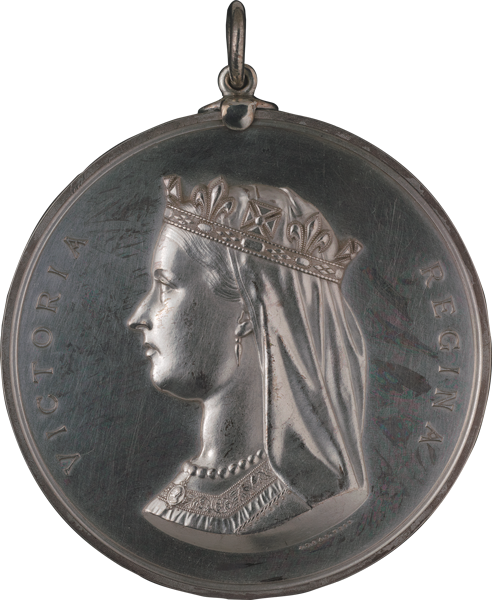

Indian Chiefs Medal, Presented to Commemorate Treaty Numbers 3, 4, 5, 6, 7, 8 (Queen Victoria).
COURTESY LIBRARY AND ARCHIVES
CANADA, 1964-1-1M,
E000009998, E000009998_S1
SEVENTH LANDING
The Williams Treaties
What You’ll Learn in this Section
Treaties are important agreements between peoples based upon nation-to-nation diplomacy. Treaty making was the foundation for building relationships between the Crown and Indigenous nations within Canada. Before Confederation, a Superintendent of Indian Affairs was employed to negotiate agreements, consult with Indigenous leaders, and resolve disputes — theoretically working toward mutual benefit to all treaty partners to promote peace, build friendships, and provide economic aid. After Confederation, Canada executed a series of numbered treaties that were focused on land acquisition.
Unfair treaties and treaties broken by the Ontario and Canadian governments have disrupted Indigenous cultures and lifeways. In recent times, some of the rights agreed to in the treaties have been restored.
Signed in 1923 the Williams Treaties proposed to be a sharing of land between Alderville, Chippewas of Beausoleil, Chippewas of Georgina Island, Chippewas of Rama, Curve Lake, Hiawatha, Mississaugas of Scugog Island, and Canada.
Instead, it led to the ceding of over 20,000 km squared of land to the crown through false pretences, and what followed was persecution by Ontario and Canada of members of these First Nations for hunting and fishing on the land as agreed.
On November 17, 2018, in Rama, the Governments of Ontario and Canada apologized for the negative impact the Williams Treaties had on First Nations and a settlement was reached that saw a return of hunting and fishing rights as well as monetary compensation.
• View the William’s Treaties timeline to learn more.
The 60s Scoop is a phrase which describes an era from the 1950s to early 1980s where over 20,000 Indigenous children were removed from their communities and placed in foster care or adopted into non-Indigenous households across Canada, the United States, and overseas. Most of the children were assimilated into mainstream culture which resulted in loss of culture and identity and in some cases traumatic abuses. Many survivors are still learning about the 60s Scoop, their displacement, looking for family members, and healing from trauma, grief, and loss of culture.
Nation-to-Nation Diplomacy
Treatymaking was the foundation for building relationships between the Crown and the Indigenous nations across Canada.
Before Confederation, a Superintendent of Indian Affairs was employed to negotiate agreements, consult with Indigenous leaders, and resolve disputes with a mutual benefit to all treaty partners. Therefore a treaty is more than words on parchment. It is about the nature of the relationship established, to promote peace, build friendships, and provide economic aid. This became known as the Covenant Chain of Friendship. Treaty diplomacy hinged on the use of wampum to convey important messages and requests, as well as to document the final agreements. After Confederation, Canada moved away from the Covenant Chain ideology of early treatymaking, and executed a series of numbered treaties that were focused on land acquisition. However, the principles of treatymaking continued to be based upon nation-to-nation diplomacy.
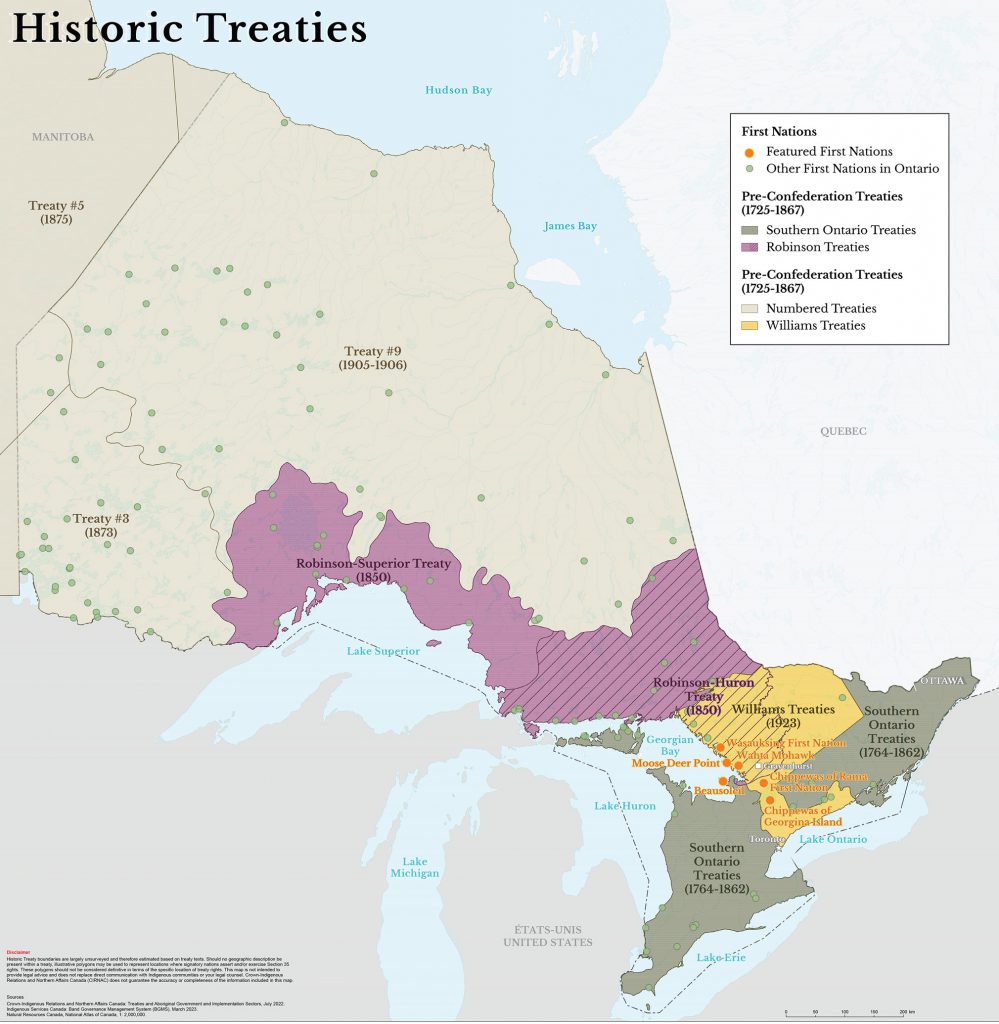
Signed in 1923, the Williams Treaties were to be a sharing of land between Alderville, Chippewas of Beausoleil, Chippewas of Georgina Island, Chippewas of Rama, Curve Lake, Hiawatha, Mississaugas of Scugog Island, and Canada. Instead it led to a persecution by Ontario and Canada of members of these First Nations for hunting and fishing on the land as agreed.
On November 17, 2018, in Rama, Ontario and Canada apologized for the negative impact the Williams Treaties had on First Nations and a settlement was reached that saw a return of hunting and fishing rights as well as monetary compensation.
The Government of Canada and the Province of Ontario duped the Chippewas of Lake Simcoe (Beausoleil, Georgina Island, and Rama) and the Mississaugas of the north shore of Lake Ontario (Alderville, Curve Lake, Hiawatha, and Scugog Island) into transferring over 20,000 square kilometres of their land to the Crown. Much of the unceded land was overrun by squatters. These agreements disrupted the Anishinaabek way of life and cut families off from their hunting territories.
These matters were not resolved until a compensation settlement was negotiated in 2018 providing $666 million by Canada and $444 million by Ontario. It also provided recognition of treaty harvesting rights; the ability for each of the First Nations to buy back 4,452 hectares to their reserves; and the Governments of Ontario and Canada formally apologized to the Williams Treaties First Nations.
Indian Residential Schools
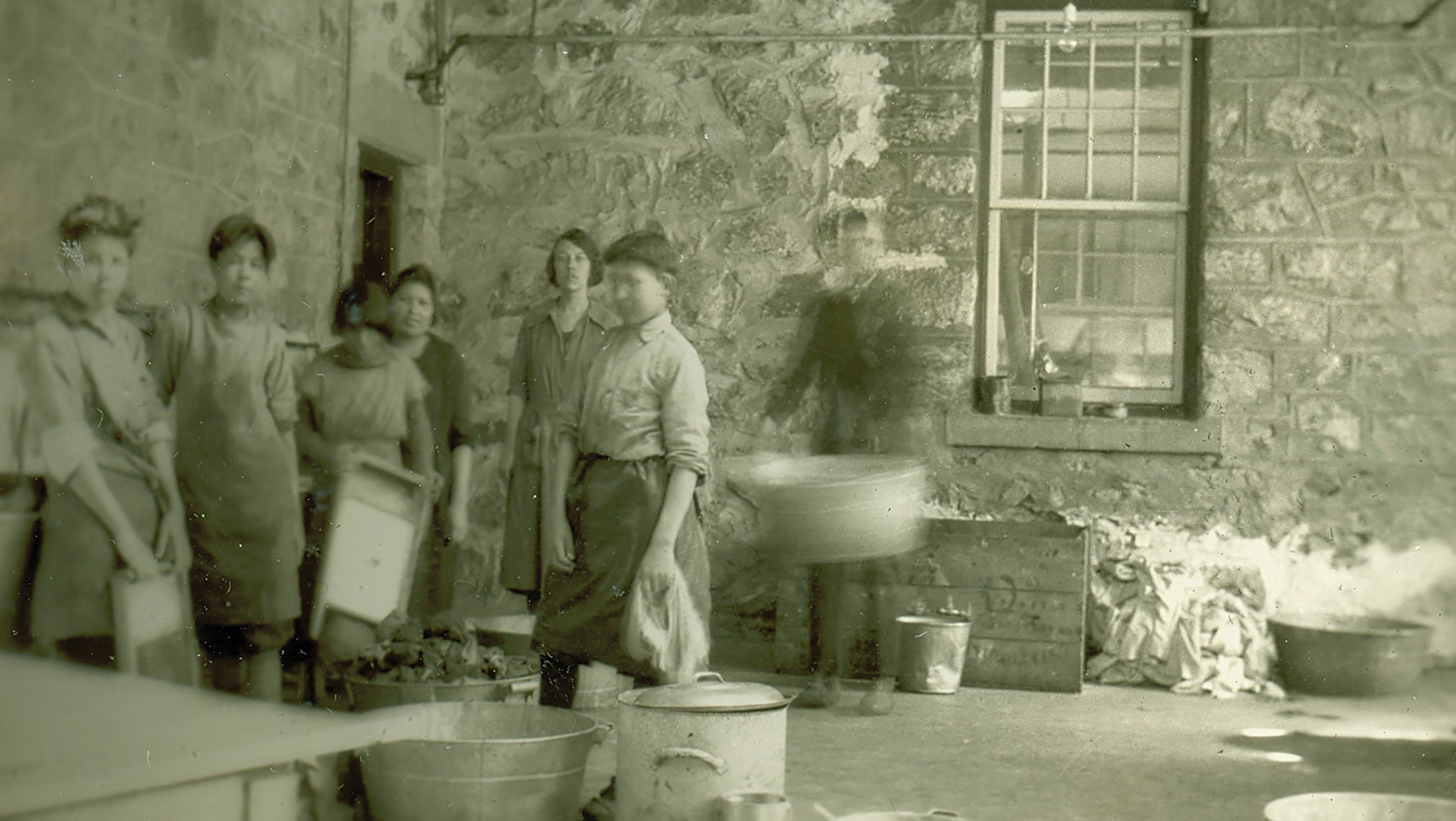
Canada’s educational experiment began in 1828 with the opening of the Mohawk Institute in Brantford, Ontario. It expanded at the time of Confederation, spearheaded by Sir John A. MacDonald, as the first Superintendent of Indian Affairs. The concept was that by replacing Indigenous culture and languages with English values, Christian beliefs and agricultural arts, Canada could move Indigenous communities from government dependency to self-sufficiency. The system grew to include 139 federally-funded schools institutionalizing over 150,000 students across the country. Now viewed as a massive failure, the abuses that took place have left intergenerational trauma, identity confusion, and perceptual economic injustices.
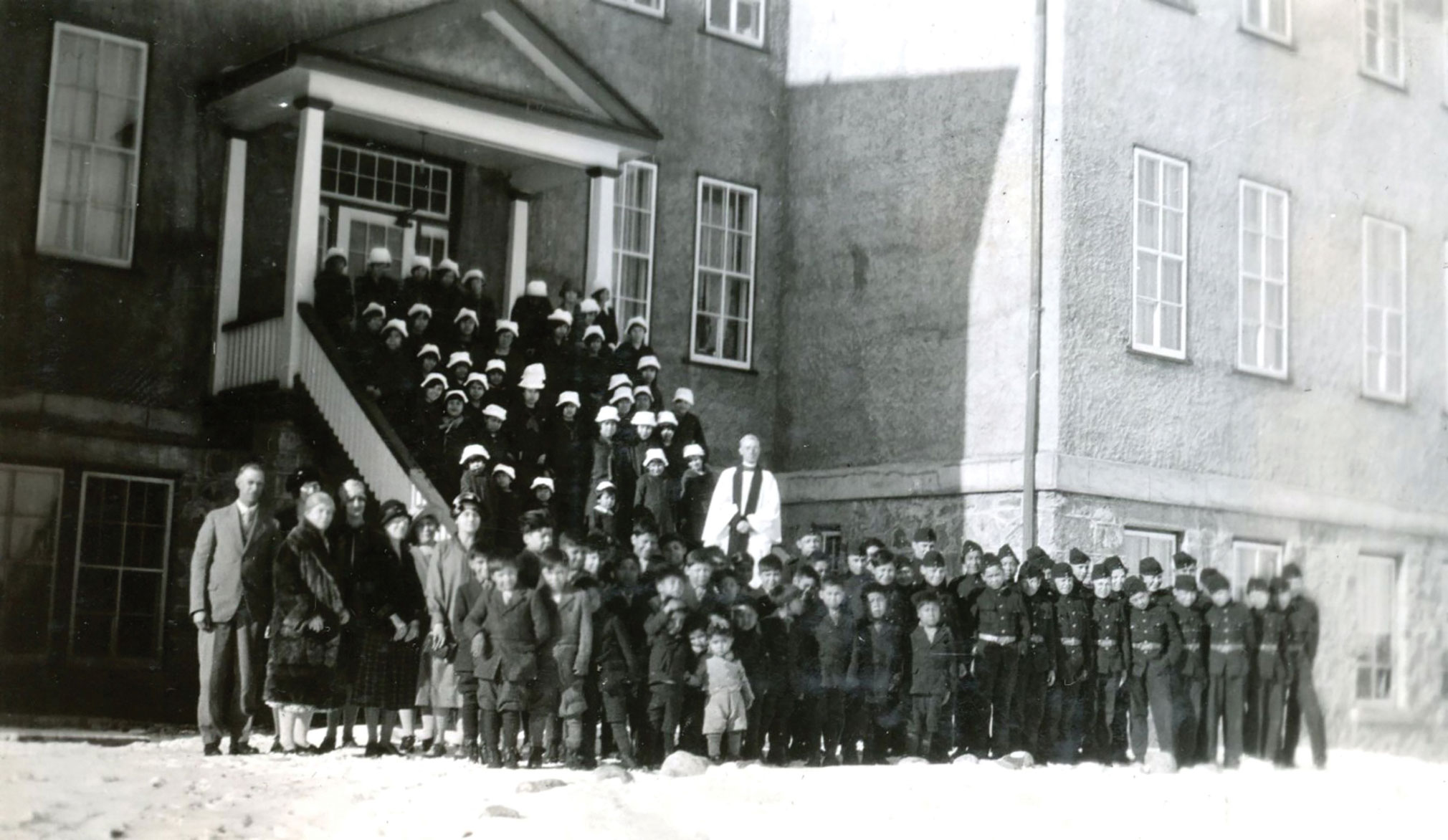
“They called it ‘civilizing us,’ but we already had a civilization. We had a very sophisticated civilization that included a system of governance, teachings, and a system to teach our people to be good people. That was the way things were.” – Jeff Monague, Beausoleil Island
Legacy of the Sixties Scoop
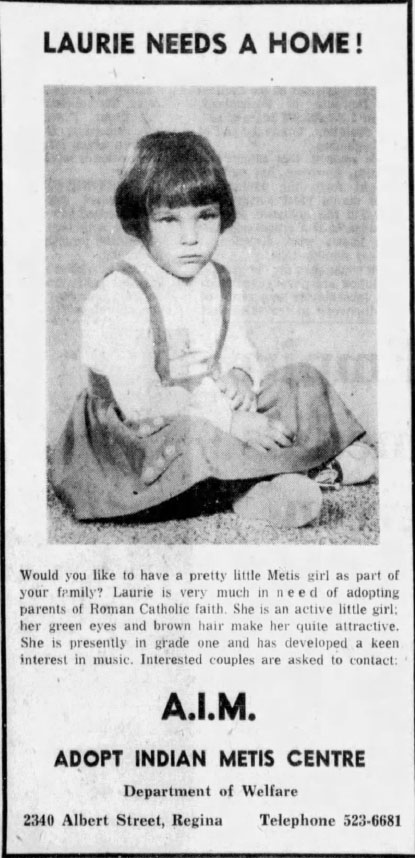
The Sixties Scoop is a catch-all phrase that describes an era from the 1950s to the early 1980s where over 20,000 Indigenous children were removed from their communities and placed in foster care or adopted into non-Indigenous households across Canada, the U.S, and overseas. Most of the children were often assimilated into mainstream culture which resulted in loss of Indigenous culture and identity and in some cases traumatic abuses. Many survivors are still learning about the Sixties Scoop, their displacement, looking for family members, healing from trauma, grief, and loss of culture.
Newspaper advertisement for the “Adopt Indian and Métis Program,”
FROM REGINA LEADER-POST, TUESDAY, NOVEMBER 21, 1967.

7 GRANDFATHER TEACHINGS
Truth
“Truth is to know all of these things”
— Benton-Banai, 1988
The gift of truth, to know and understand all of the other Seven Grandfather Teachings, comes last. Truth is achieved when you know and live all of the other teachings. Truth is knowing how to live well.
Anishinaabemowin: Debwewin
Kanienkéha: ne orihwi:io
Michif: la vayritii
Wendat: Condinéxratoüoion,
Eindi axratouoin (“I know it to be true”)
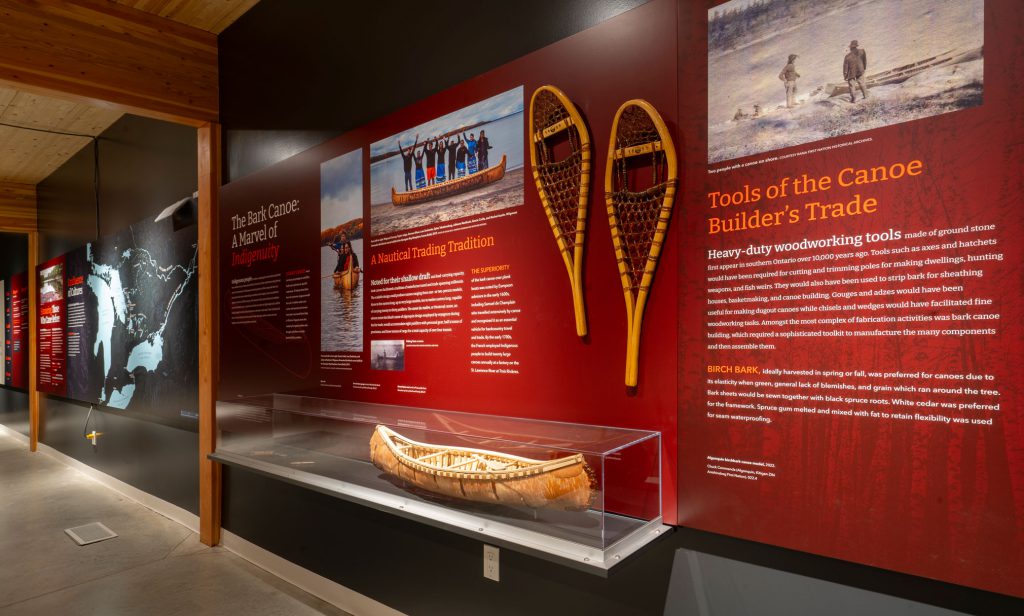
Are You Ready to Experience Misko-Aki in Person?
Visit the Muskoka Discovery Centre to explore Misko-Aki as well as our many other immersive exhibits, programs and activites.
Purchase Tickets